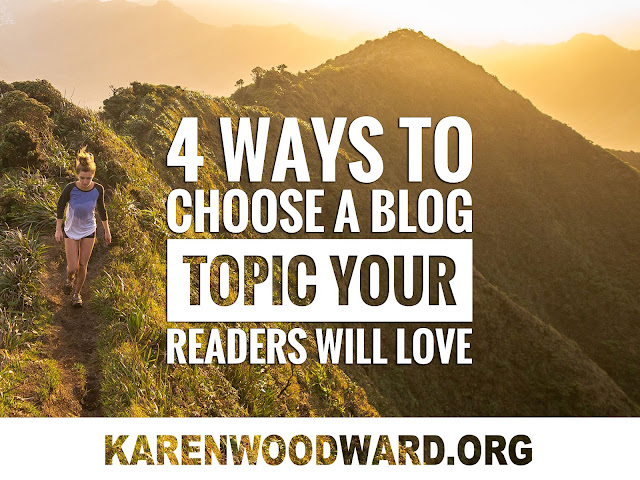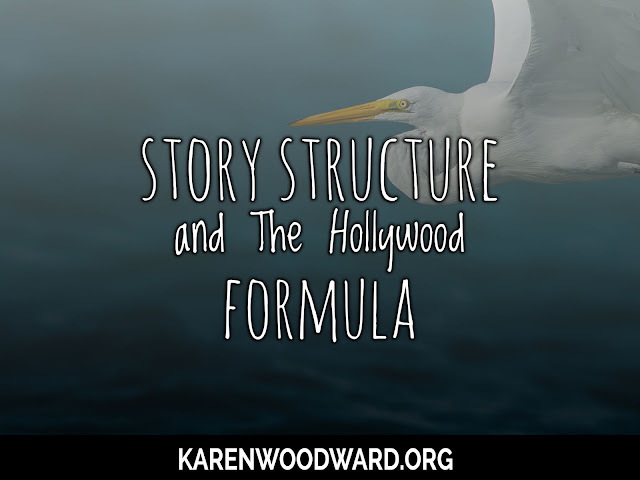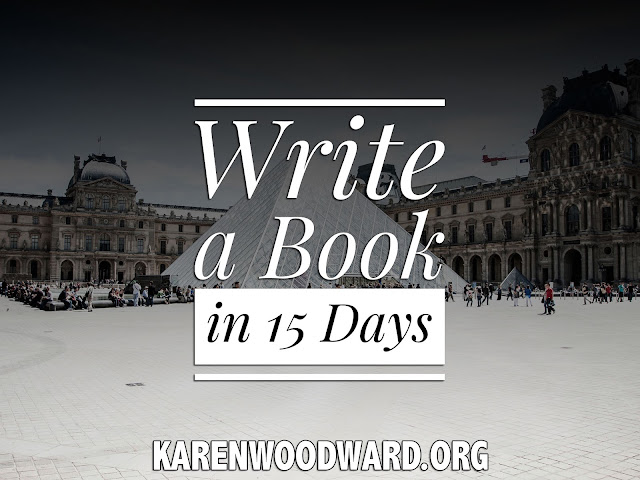I’ve heard one of the best ways to attract visitors to one’s website is Pinterest! I’m not sure if Pinterest is the best way—I've had a lot of success with Twitter—but today I talk about 7 steps anyone can take to get more traffic from Pinterest.com.
1. Get Analytics
Anyone can get a business page—and it’s free!
If you’re not a new user, you can convert your current page to a business page (that’s what I did).
If you haven’t converted already, don’t wait! The number of times a particular pin is viewed, repinned, and so on, is only recorded AFTER you convert the page so you’re not going to have any data to start off with. Which means it will take a couple of months before you see anything interesting, anything that can really help you. So the sooner you set up your business account, the sooner you’ll be able to see which of your pins are the most popular.
The Key: Once you find out what Pinterest content is the most popular you can give visitors more of what they like!
2. Make it easy for visitors to save your pins by enabling “save” buttons to appear when the cursor hovers over an image.
The title says it all. To read more about the gory details go here: Build a Save button for your site.
3. Pinterest Rich Pins
Rich Pins are pins that include extra information; there are five different kinds: Article, Product, Recipe, Movie and Place. Here's Beth Cooper’s description:
Article pins include the headline, author, story description and link.
Product pins include real-time pricing, availability and where to buy.
Recipe pins include ingredients, cooking times and serving info.
Movie pins include ratings, cast members and reviews.
Place pins include an address, phone number and map.[1]
Note: You need to apply to Pinterest to use rich pins. You can read more about it here: Getting Started. You’ll need to run your pins through the Rich Pins Validator before they can be pinned.
4. Structure your pinterest groups.
What is your blog about? Picture someone visiting your blog for the first time. After a year of reading your blog how have they changed? What problems have they been able to solve because of the information you gave them?
For instance, if you blog about dogs you might imagine that folks coming to your blog for the first time are new dog owners who live in the city. They’re stressed out and short of time. Their immediate need is to know more about dogs—how many times a day they should be walked, what kind of food is best, does their breed of dog need to be groomed every day, and so on. Let’s say this person, after they’ve been reading your blog for a year, is a more confident, relaxed dog owner. Why? Since they know more about dogs and how to care for them they have a better relationship with their animals.
Now think about keywords (or key phrases) that would describe the problem your writing solves. In the above example it might be: General information about how to care for dogs. Now think of supporting categories (for example, pet nutrition, the benefits of exercise, remedies for common health problems, and so on). Try to come up with at least 4 or 5 key words or phrases.
You want to turn these categories into boards over on Pinterest.
5. Interact with like-minded pinners.
Find folks who are active in your categories and then repin, like and comment on their pins. Briallyn Smith writes:
“Pinterest also allows you to directly draw other users’ attention to a specific pin by tagging them @Username in a comment or pin description. This can be an excellent way to initiate conversations and discussions!”[2]
6. Pin your articles
I’ve seen more and more writers choose not to set up a website or blog and, instead, opt to use social media. I encourage you not to be one of them! Set up a website. If money and ease of use is an issue, try Blogger or Wordpress.org. I think it's important to have one place where potential readers can go to find everything: your Twitter, Facebook, Instagram, blog posts, books, etc.
If you decide you really don’t want a website you could try posting on Google+ and places like Medium, though these sites don’t make it easy to share links to all your creative output. But at least they give you the ability to post your writing with an image optimized for Pinterest.
7. Use eye-catching graphics.
Let’s talk about images. I’m going to recommend two programs: Canva.com and an app I use all the time, Snapseed. Both are free and easy to use.
Size. According to How To Optimize Images And Graphics For Pinterest the ideal size for a blog photo is 600 pixels wide and 900 pixels high. But don’t make it more than 900 pixels in height or your image will get cut off!
Brand. Find some way to brand your image. I just put my domain name at the bottom, but if you have a logo put it on the image.
I’m sure there are many more ways to improve your Pinterest account (I didn’t have time to say anything about how to choose effective keywords). If you have a tip that I haven’t talked about, please share it in the comments!
Every post I pick something I love and recommend it. This serves two purposes. I want to share what I’ve loved with you, and, if you click the link and buy anything over at Amazon within the next 24 hours, Amazon puts a few cents in my tip jar at no cost to you. So, if you click the link, thank you! If not, that’s okay too. I’m thrilled and honored you’ve visited my blog and read my post.
Today I’m recommending an older book (2002) but it’s excellent, Writing the Breakout Novel, by Donald Maass. Donald Maass is the author of over 16 novels and is a well known literary agent.
From the blurb: “Maybe you're a first-time novelist looking for practical guidance. Maybe you've already been published, but your latest effort is stuck in mid-list limbo. Whatever the case may be, author and literary agent Donald Maass can show you how to take your prose to the next level and write a breakout novel - one that rises out of obscurity and hits the best-seller lists.”
That’s it! I’ll talk to you again on Wednesday. In the meantime, good writing!
Notes:
1. 17 Tips, Tools and Tricks to Improve your Pinterest Marketing Strategy, by Belle Beth Cooper.
2. How to Use Pinterest Effectively, by Briallyn Smith












